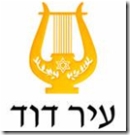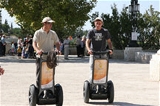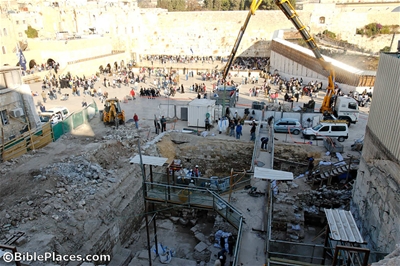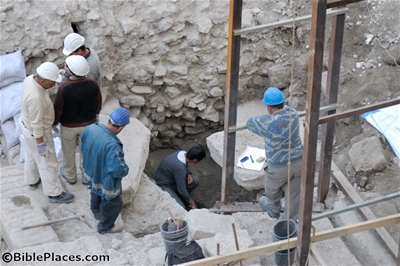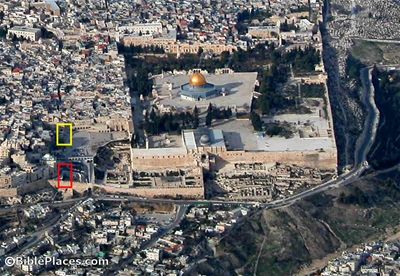The problem with studying the geography of Israel is that it can quickly become divorced from the life-changing truths of Scripture. After all, how do hills and valleys help you grow closer to God?
Wayne Stiles has the answer to that in his new book, Going Places With God: A Devotional Journey Through the Lands of the Bible. I am often asked what is the perfect follow-up to a trip to Israel. My typical answer (“read a Bible atlas”) just got better: read and meditate on the truths of this devotional guide. What makes this book so good is that it takes “boring” details of Scripture and shows how they are profitable for life and godliness.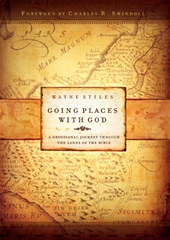
Here’s an example: Stiles shows how the geography of Joseph’s brothers tending their sheep brought Joseph to slavery in Egypt and ultimately Israel’s deliverance from famine. Unless you understand the geography, you won’t fully appreciate God’s sovereignty. The author draws from that just how we should relate to our sometimes bewildering circumstances. In another story, Israel has to travel all the way around Edom, and Stiles explains that in God’s plan, sometimes the long way is the best way.
I love too the way that Stiles draws beautiful word pictures. With him as guide, I picture myself one day walking along the shores of the Sea of Galilee and another day watching the sunrise from the Mount of Olives. A pastor for fourteen years, Stiles is a truly gifted communicator with a knowledge of where people are hurting today. One devotional will encourage you to increase your
trust in the all-powerful God, and another devotional will challenge you to take heed lest you fall.
Familiar lessons some, but brought to life from places in the Bible that you would never otherwise look.
I love the geographical nuggets contained in this book, but the reason that I am recommending it is this: Going Places With God will challenge you to live a radical, Christ-centered life. The book came
out a week ago: I encourage you to buy it, read it, and buy a couple for friends.
You can see more about the book and its author at this website. The book lists for $15, but Amazon has it for $10.
[Update: The free copies have all been claimed.]
